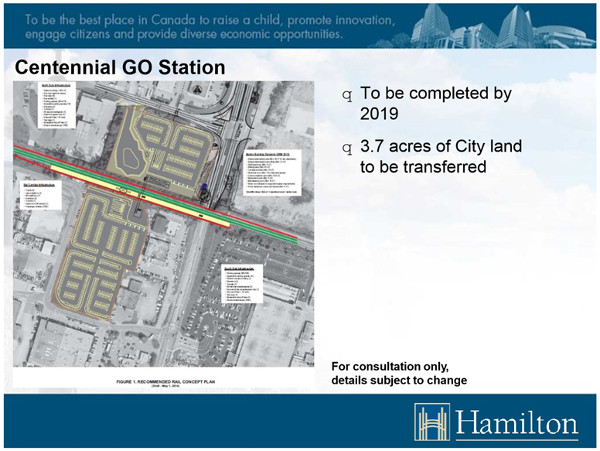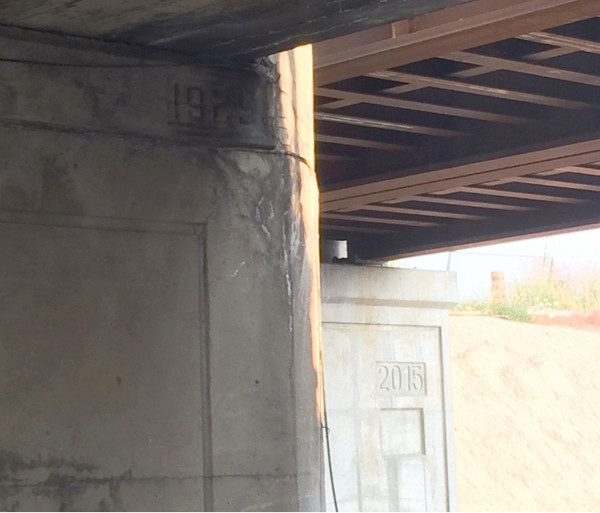innsertnamehere
Superstar
crazy how it is built for 5 tracks through here - what the heck makes them think they will need that many?
High speed rail? Or something more reasonable, 1 station, 2 passenger, 2 freight.crazy how it is built for 5 tracks through here - what the heck makes them think they will need that many?
crazy how it is built for 5 tracks through here - what the heck makes them think they will need that many?
There also seems to also be room for 6 lanes of car traffic by removing four geneorus half-lane-width road curbs -- or space for an LRT connection someday.It is a lot, but I'm glad it is future-proofed.
It is a lot, but I'm glad it is future-proofed.
Though sometimes future-proofing is taken to such a degree now that more money is wasted doing it than can realistically be expected to ever be needed in many cases.
Like the post I recently made in the 25-Year Masterplanning ThreadI wonder what R.C. Harris would say......building a massive bridge across the Don Valley to a then dirt road (Danforth) in the early 20th Century and including a deck underneath for rapid transit, when Toronto wouldn't see a single subway for another 4 decades, wouldn't see one way up there for another 5 plus?
Its true, there is a risk of over-building, but this particular investment is not nearly so visionary as some earlier projects, it just makes the underpass a bit deeper for a bit longer, and pours a bit more concrete, for the modest increase in cost, the pay off is not need to re-do everything if an extra track or two become needed/desirable.
Mark Rejhon said:One of the most famous "25+year masterplanning feats" in Toronto history, by R.C. Harris, was this bridge that celebrates its centennial this year.
View attachment 141634
UrbanToronto veterans will already know this, that the bridge was far ahead of its time, since a subway deck got built in 1918 under the roadbed built intentionally half a decade before the Bloor-Danforth subway. All in a still-then-somewhat backwater city -- many roads were still dirt roads not far beyond this bridge. With no subways for several decades later. The current Union Station Would not yet open for a few more years.
Did you know that 50 percent of Toronto's water still comes from the treatment plant built by the same person as this bridge? It is called the R.C. Harris Water Treatment Plant, which was massively overengineered for its era, spare rooms, with far more capacity than needed. Due to its also-prescient futureproofing back then, it still operates today, providing roughly half of Toronto & York region's water today!
Happy Centennial, Prince Edward Viaduct, a masterpiece of Toronto transportation masterplanning!



CP ran a work block this weekend to advance the installation of the short stretch of double track on the Milton line east of West Toronto.
There are new signals in place and the old signals were being removed. The two tracks converge right under the Wallace Ave footbridge, with a new power switch at that location. It looks like there may be one more set of signals to be installed before this work is final, but that may wait for a while. The track certainly looks surfaced and ready to go.
In the close up shot of the two workers, that red around the rail isn't spray paint - it's molten slag, cooling after thermite welding the jointed rail into ribbon rail. The work crew was doing welds and then chipping and grinding off the excess slag. I didn't get my camera out fast enough to record the weld until it began to cool...the whole thing is bright red after the weld. Very cool to watch that task.
- Paul
View attachment 142498 View attachment 142499 View attachment 142500




